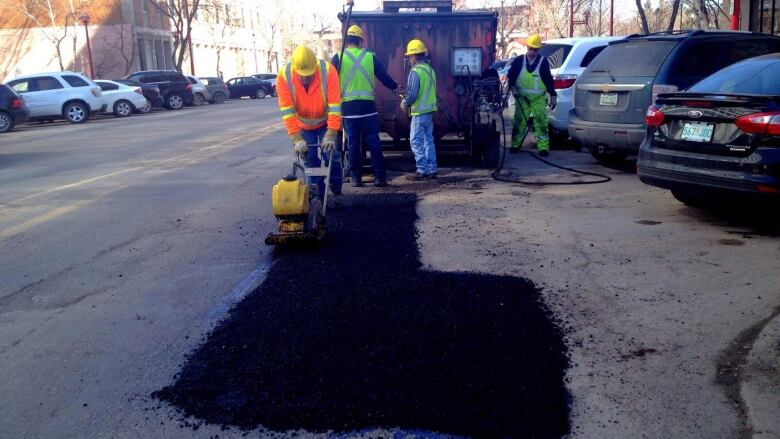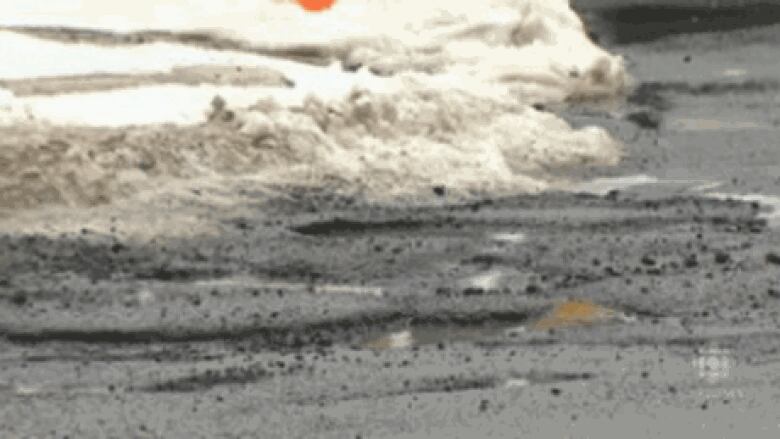5 things you didn't know about potholes
Saskatoon pothole blitz expected to take six weeks

A street sweeping and pothole blitz is well underway in Saskatoon.
Today, street sweeping crews will be focusing on the Sutherland and Lawson Heights neighbourhoods. This week, pothole repairs will be taking place in downtown Saskatoon, as well as major roadways like Circle Drive and 8th Street.
But how do these massive holes in the street get created in the first place? Here are five things you didn't know about potholes.
1. How are potholes created?

Water soaks into the ground, underneath the pavement. As the water freezes, it expands, breaking apart the pavement from underneath. Then, during spring, the water melts, leaving a hole underneath the pavement.
Meanwhile, it doesn't help that heavy cars and trucks are driving over the surface when all of this is happening. All the pressure pushes the pavement down, creating the pothole.
2. Why do potholes seem to happen in the same area?

However, city crews can predict areas where potholes are most.Just as important is what's underneath the street.
"Part of that is just the subterrain," he said, "As well as the groundwater level and what kind of moisture gets in and underneath the asphalt beds."
3. What do city crews use to patch potholes?

However, hot mix needs non-freezing temperatures for asphalt companies to manufacture, which is why cold mix is generally used during winter and early spring. Cold mix isn't as bendable as hot mix, and it doesn't last as long.
4. How much does pothole repair cost?

5. How much asphalt will city crews be using?

Depending on the day, a city crew will go through three to five tons of asphalt. And with five crews working on any particular day, that's a lot of asphalt.












_(720p).jpg)


 OFFICIAL HD MUSIC VIDEO.jpg)
.jpg)



























































































